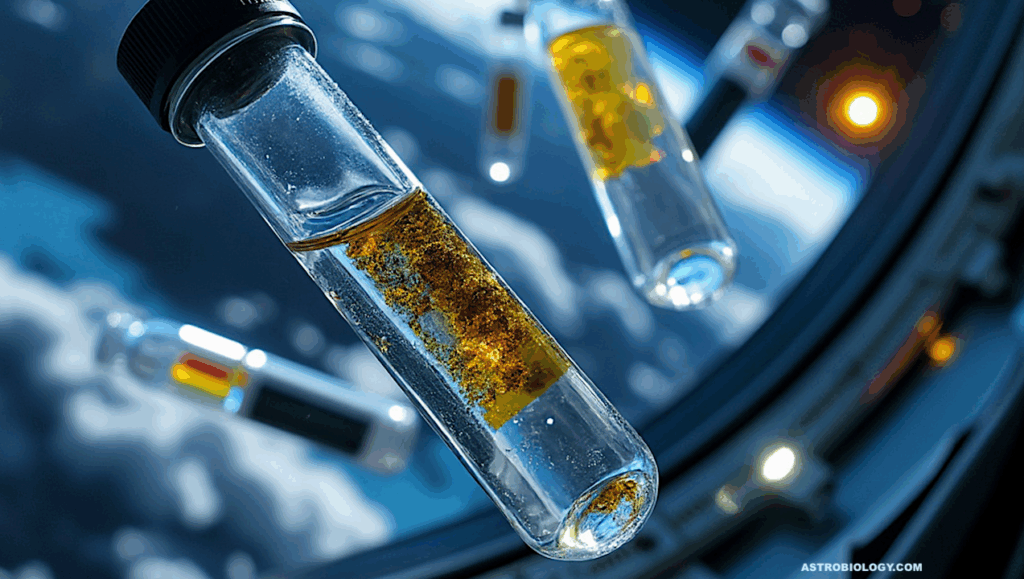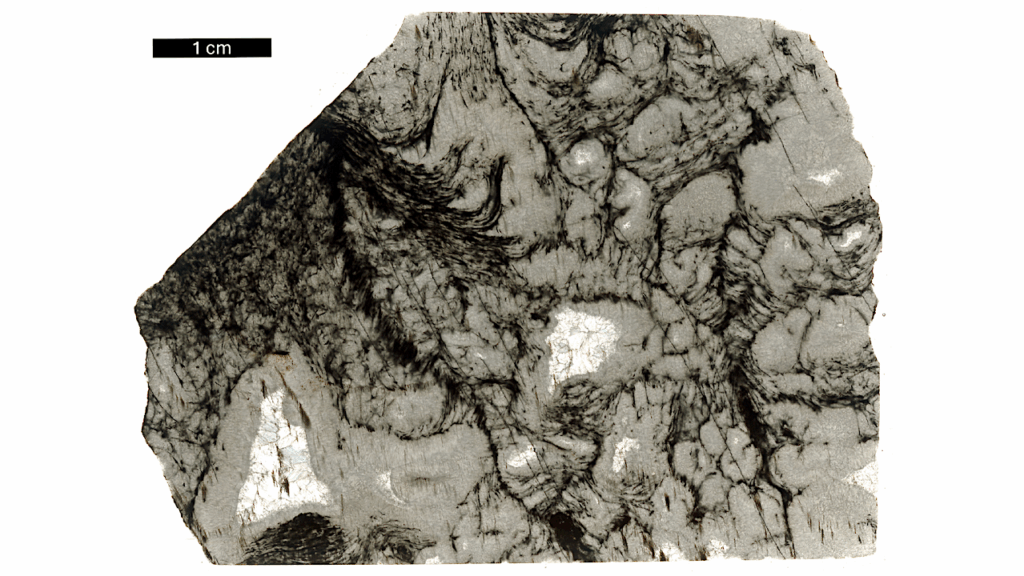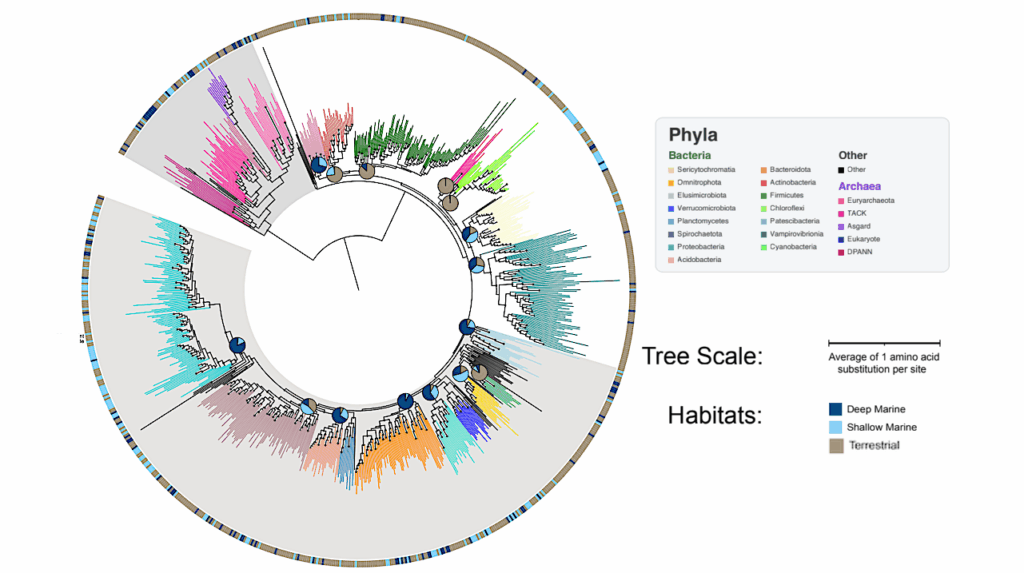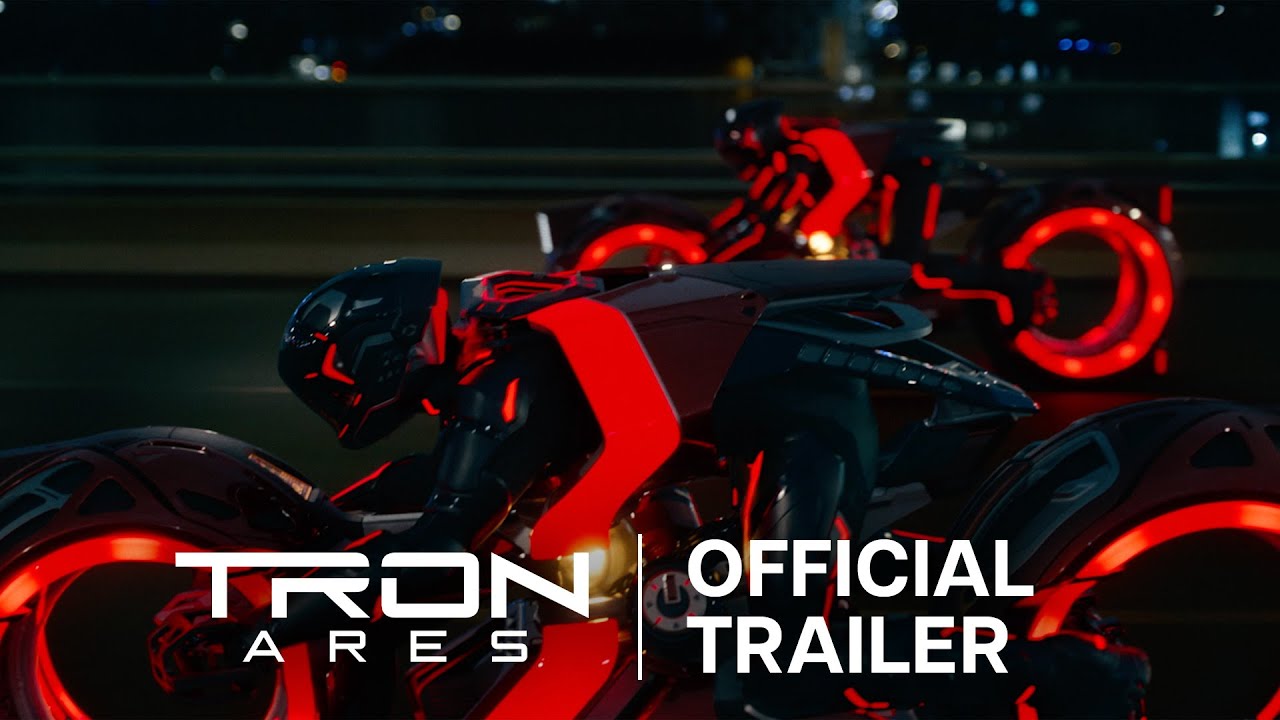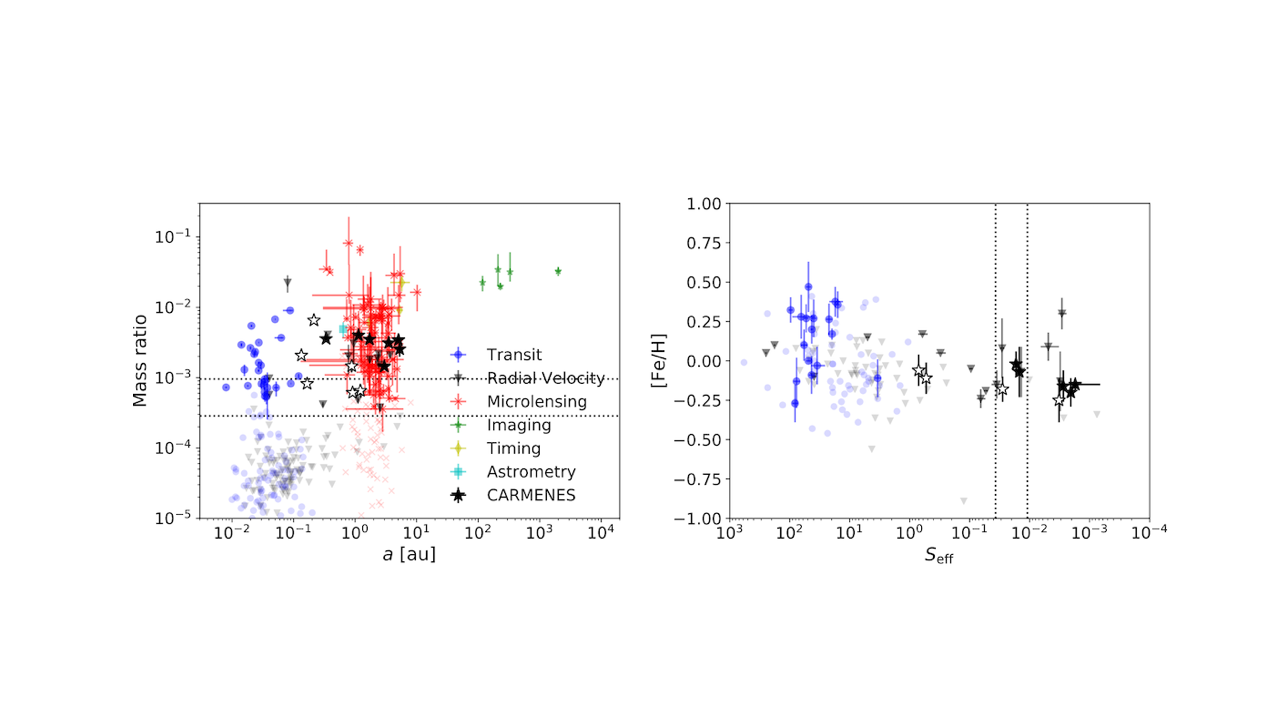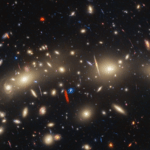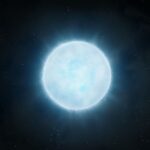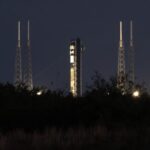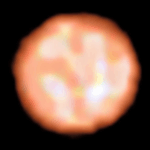Now Reading: Terrestrial Planet Formation From Two Source Reservoirs
-
01
Terrestrial Planet Formation From Two Source Reservoirs
Terrestrial Planet Formation From Two Source Reservoirs
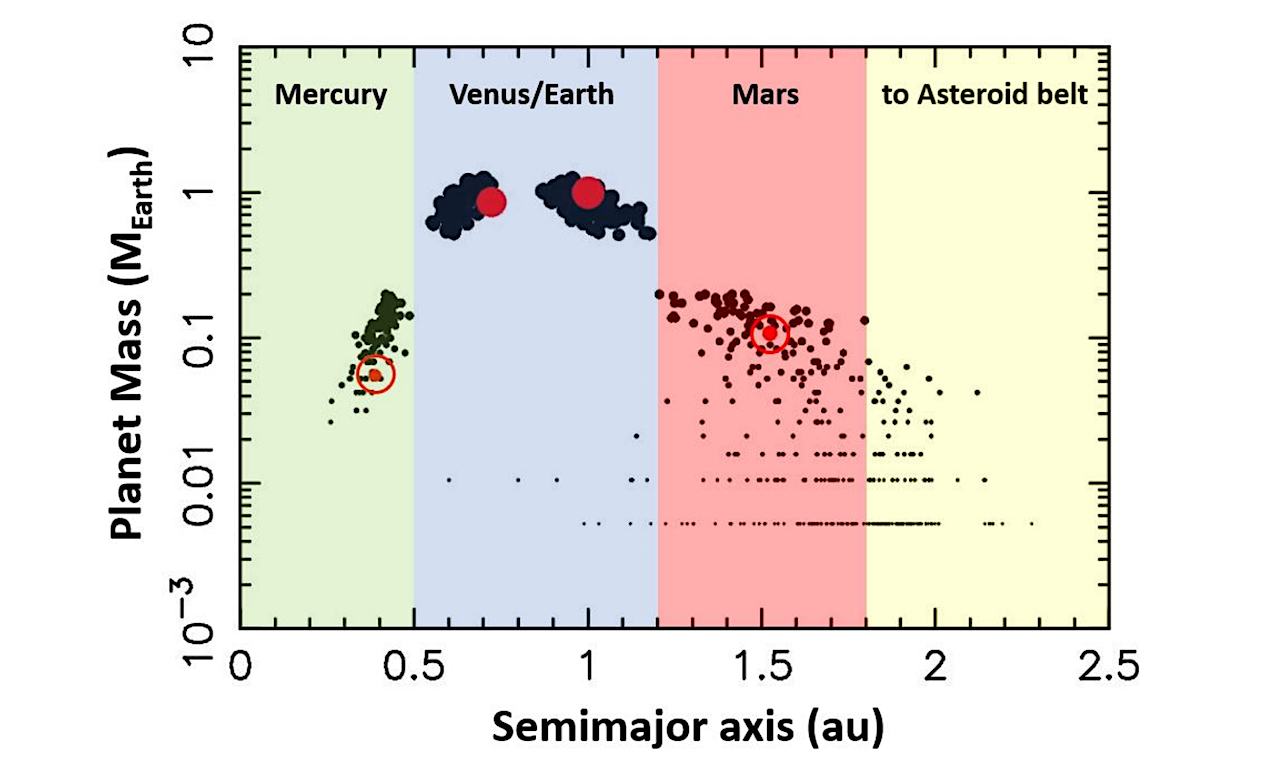
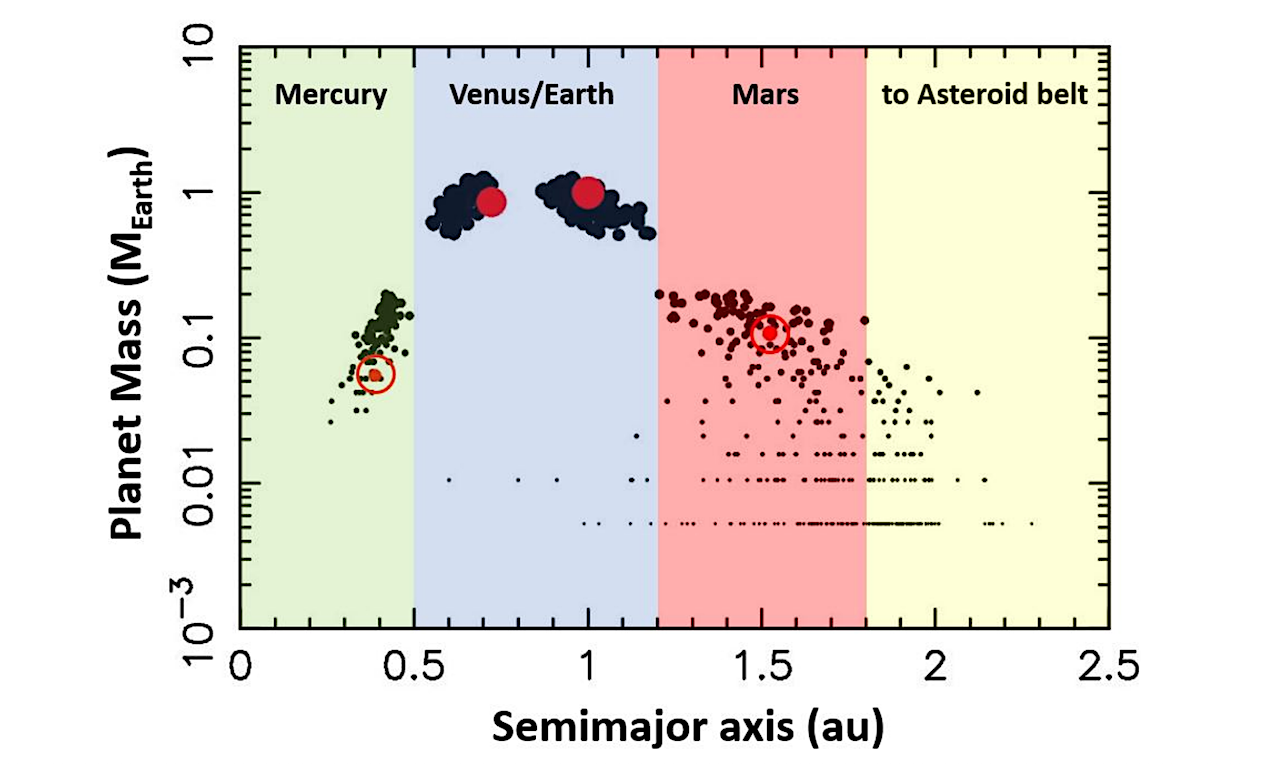
The result of 100 successful simulations of the back20 model (the ring at 0.85 au with a 20% background) that produced a good match to all terrestrial planets (as defined in Section 3.1). The black dots show the results of individual simulations with good final planets. The bigger red dots are the real planets. Note that we do not exclude simulations that produced additional bodies with m 0.05 MEarth in the Mars region (1.2 a 1.8 au). Some of these bodies would collide with Mars at t > 200 Myr (these simulations were terminated at 200 Myr). — astro-ph.EP
This work describes new dynamical simulations of terrestrial planet formation. The simulations started at the protoplanetary disk stage, when planetesimals formed and accreted into protoplanets, and continued past the late stage of giant impacts.
We explored the effect of different parameters, such as the initial radial distribution of planetesimals and Type-I migration of protoplanets, on the final results. In each case, a thousand simulations were completed to characterize the stochastic nature of the accretion process.
In the model best able to satisfy various constraints, Mercury, Venus, and Earth accreted from planetesimals that formed early near the silicate sublimation line near 0.5 au and migrated by disk torques.
For Venus and Earth to end up at 0.7-1 au, Type-I migration had to be directed outward, for example as the magnetically driven winds reduced the surface gas density in the inner part of the disk. Mercury was left behind near the original ring location. We suggest that Mars and multiple Mars-sized protoplanets grew from a distinct outer source of planetesimals at 1.5-2 au.
While many migrated inwards to accrete onto the proto-Earth, our Mars was the lone survivor. This model explains: (1) the masses and orbits of the terrestrial planets, (2) the chemical composition of the Earth, where ~70% and ~30% come from reduced inner-ring and more-oxidized outer-ring materials, and (3) the isotopic differences of the Earth and Mars.
It suggests that the Moon-forming impactor Theia plausibly shared a similar isotopic composition and accretion history with that of the proto-Earth.
David Nesvorny, Alessandro Morbidelli, William F. Bottke, Rogerio Deienno, Max Goldberg
Comments: in press in AJ
Subjects: Earth and Planetary Astrophysics (astro-ph.EP)
Cite as: arXiv:2507.14814 [astro-ph.EP] (or arXiv:2507.14814v1 [astro-ph.EP] for this version)
https://doi.org/10.48550/arXiv.2507.14814
Focus to learn more
Submission history
From: David Nesvorny
[v1] Sun, 20 Jul 2025 04:09:06 UTC (982 KB)
https://arxiv.org/abs/2507.14814
Astrobiology,
Stay Informed With the Latest & Most Important News
-
 012024 in Review: Highlights from NASA in Silicon Valley
012024 in Review: Highlights from NASA in Silicon Valley -
 02Panasonic Leica Summilux DG 15mm f/1.7 ASPH review
02Panasonic Leica Summilux DG 15mm f/1.7 ASPH review -
 03How New NASA, India Earth Satellite NISAR Will See Earth
03How New NASA, India Earth Satellite NISAR Will See Earth -
 04And Thus Begins A New Year For Life On Earth
04And Thus Begins A New Year For Life On Earth -
 05Astronomy Activation Ambassadors: A New Era
05Astronomy Activation Ambassadors: A New Era -
06SpaceX launch surge helps set new global launch record in 2024
-
 07Space Force plans new ‘Futures Command’ amid pressure to speed up modernization
07Space Force plans new ‘Futures Command’ amid pressure to speed up modernization












